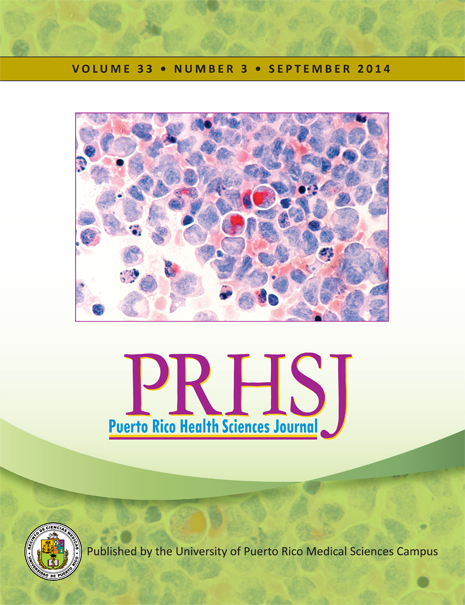Abstract
Objective: To describe the general knowledge and choices of postpartum contraception among pregnant teens who, at the time of the study, ranged in age from 13 to 19 years old and were receiving prenatal care at a hospital-based prenatal clinic. Methods: Questionnaires to obtain information regarding demographic characteristics and to explore contraception knowledge and choices were voluntarily completed by 44 pregnant teens, ranging in age from 13 to 19 years old. The frequency and distribution of the variables under study were analyzed and are presented herein. Results: Forty-four teens participated in the study. They had a mean age of 17.5 years. A significant proportion of the participants, 20 (45.5%), claimed not to know where to find information about contraception. All the participants acknowledged knowing about the male condom; as to other methods of contraception, 41 (93.2%) knew about oral contraceptive pills (OCPs), 31 (70.5%) knew about the patch, 30 (68.2%) knew about Depo-Provera, and 25 (56.8%) knew about intrauterine devices (IUD). The contraception methods about which the participants reported having the least knowledge were the sponge, the diaphragm, implants, the vaginal ring, and various natural methods. The majority (90.0%) of the participants agreed that they would prefer to use postpartum contraception. The contraceptive method of choice for postpartum contraception was the IUD (40%), which was followed in terms of preference by OCPs (17.5%), the patch (12.5%), and Depo-Provera (12.5%). Conclusion: The majority of the pregnant teens who participated in the study professed the desire to use some sort of contraceptive method to ensure that they would not become pregnant again in the near future. To that end, most of them expressed a preference for the IUD, one of the most effective contraceptive methods available today. Nevertheless, they need more access to and information about available contraceptive methods.
Authors who publish with this journal agree to the following terms:
a. Authors retain copyright and grant the journal right of first publication with the work simultaneously licensed under a Creative Commons Attribution License that allows others to share the work with an acknowledgement of the work's authorship and initial publication in this journal.
b. Authors are able to enter into separate, additional contractual arrangements for the non-exclusive distribution of the journal's published version of the work (e.g., post it to an institutional repository or publish it in a book), with an acknowledgement of its initial publication in this journal.
c. Authors are permitted and encouraged to post their work online (e.g., in institutional repositories or on their website) prior to and during the submission process, as it can lead to productive exchanges, as well as earlier and greater citation of published work (See The Effect of Open Access).
